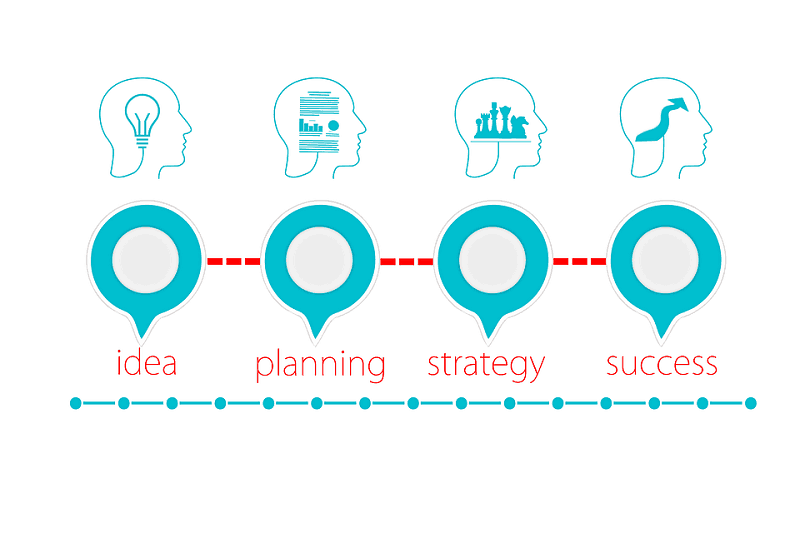In an era where customer experience often dictates the success or failure of a business, high touch customer service has emerged as a pivotal strategy for differentiating a brand and building lasting relationships. This approach prioritizes personalized interactions, attentiveness, and exceptional support, ensuring customers feel valued and understood at every touchpoint.
For small business owners, customer support managers, and entrepreneurial startups, mastering high touch customer service can be a game-changer. This guide delves into the principles and practices of high touch customer service, providing actionable insights to help you elevate your customer interactions and foster loyalty.
Table of Contents
What is High Touch Customer Service?
High touch customer service is a customer interaction model characterized by a high level of personal attention and support. Unlike standard service interactions, which might rely on automation and self-service tools, high touch service focuses on building strong, personal connections with customers through dedicated, human-centric efforts.

Key Characteristics of High Touch Customer Service
- Personalization: Tailoring interactions and services to meet the individual needs and preferences of customers.
- Proactive Engagement: Anticipating customer needs and addressing them before they become issues.
- Empathy and Understanding: Demonstrating genuine care and concern for customer experiences and outcomes.
- Consistency: Providing reliable and dependable service across all customer touchpoints.
- Dedicated Support: Offering specialized, one-on-one assistance to resolve complex issues.
Why High Touch Customer Service Matters
In today’s competitive business landscape, exceptional customer service is no longer just a nice-to-have; it’s a necessity. High touch customer service enhances customer satisfaction, fosters loyalty, and drives word-of-mouth referrals. Here’s why it’s crucial:
Building Trust and Loyalty
When customers feel truly valued and understood, they are more likely to remain loyal to your brand. High touch interactions foster trust and create a sense of belonging, which can significantly increase customer retention rates.
Differentiation in the Marketplace
In industries saturated with similar products and services, high touch customer service can be your unique selling proposition (USP). It sets your business apart by offering a superior customer experience that competitors may not be able to match.
Positive Word-of-Mouth and Referrals
Satisfied customers are more likely to recommend your business to others. High touch service experiences often lead to positive reviews and referrals, expanding your customer base through organic growth.
Increased Customer Lifetime Value (CLV)
By consistently delivering high touch service, you can increase the lifetime value of your customers. Loyal customers tend to spend more over time and are less price-sensitive, contributing to sustained revenue growth.
Implementing High Touch Customer Service: Best Practices

1. Know Your Customers
Understanding your customers is the foundation of high touch service. Invest time in gathering data and insights about their preferences, behaviors, and pain points. Use this information to tailor your interactions and deliver personalized experiences.
Action Steps:
- Conduct customer surveys and feedback sessions.
- Utilize CRM systems to track customer interactions and preferences.
- Segment your customer base to identify distinct needs and patterns.
2. Train and Empower Your Team
Your customer service team plays a critical role in executing high touch service. Equip them with the skills and knowledge they need to deliver exceptional support.
Action Steps:
- Provide comprehensive training on customer service best practices.
- Encourage empathy and active listening skills.
- Empower employees to make decisions that enhance the customer experience.
3. Leverage Technology Wisely
While high touch service emphasizes human interaction, technology can still play a supportive role. Use it to streamline processes and provide your team with valuable tools to enhance their service delivery.
Action Steps:
- Implement CRM systems to manage customer information effectively.
- Use AI-driven tools to analyze customer data and predict needs.
- Offer omnichannel support to provide seamless customer interactions across various platforms.
4. Be Proactive
Anticipating and addressing customer needs before they escalate into issues is a hallmark of high touch service. Regularly check in with customers and offer solutions to potential problems.
Action Steps:
- Monitor customer activity and identify potential pain points.
- Reach out proactively with personalized offers or solutions.
- Follow up after purchases or support interactions to ensure satisfaction.
5. Measure and Improve
Continuous improvement is key to maintaining high touch service standards. Regularly assess your performance and seek ways to enhance your service delivery.
Action Steps:
- Set clear metrics and KPIs for customer service performance.
- Collect and analyze customer feedback to identify areas for improvement.
- Implement changes based on insights and monitor the impact.
Conclusion
High touch customer service is a powerful strategy for building strong, lasting relationships with your customers. By prioritizing personalization, empathy, and proactive engagement, you can create exceptional experiences that differentiate your brand and drive loyalty.
For small business owners, customer support managers, and entrepreneurial startups, adopting high touch customer service practices can lead to significant benefits, including increased customer satisfaction, positive word-of-mouth, and higher customer lifetime value.
Start implementing these best practices today and watch your customer relationships—and your business—thrive.



















